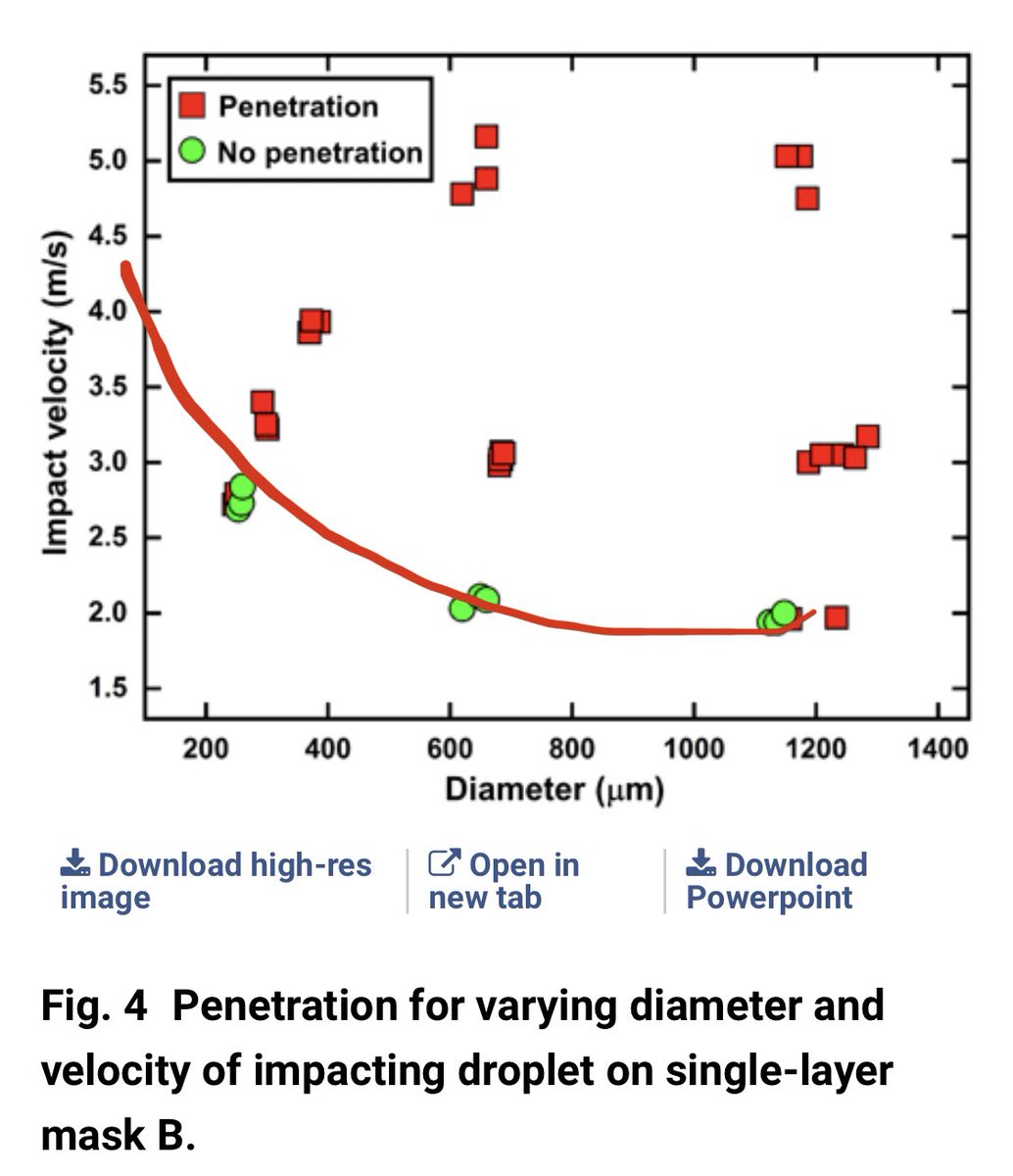
Natl Lab staff scientist. Research prof @UNM @Trinity_U. Chemistry & physics of aerosol. Levitation, air quality, human health, and beyond. Views my own. He/him
How to get URL link on X (Twitter) App



 2/ In the image above, I was personally surprised to see that 100,000 droplets actually accumulated into a macroscopic drop that didn't drip through the mask; the wonders of surface tension.
2/ In the image above, I was personally surprised to see that 100,000 droplets actually accumulated into a macroscopic drop that didn't drip through the mask; the wonders of surface tension.

https://twitter.com/washingtonpost/status/1293170815052152835First and foremost, the style of mask does not matter as much as the material. I interpret "neck gaiter" to be the sports-style spandex, and authors state "The gaiter tested by the researchers was described in the study as a 'neck fleece' made out of a polyester spandex material"
